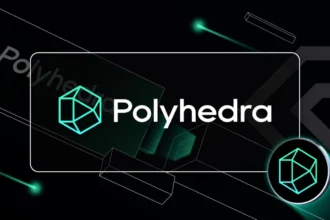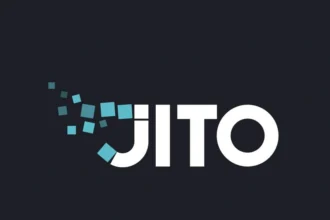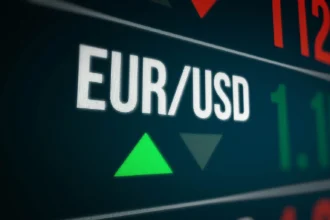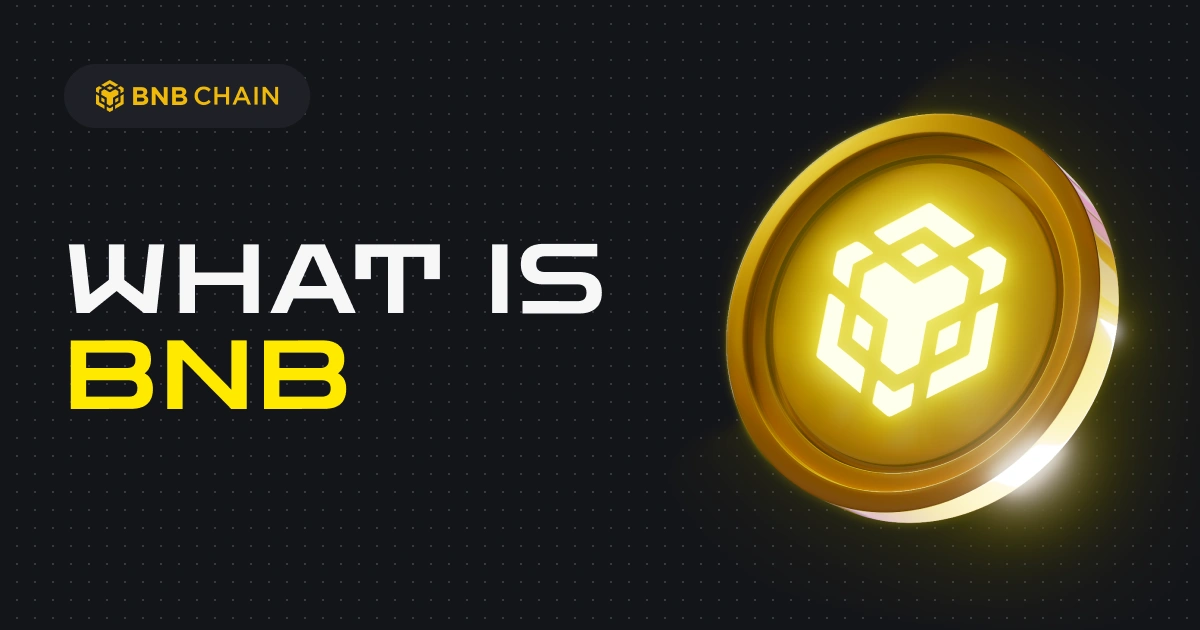BNB (Binance Coin) is one of the most well-known and widely used cryptocurrencies in the market today. Originally created as a utility token for Binance, one of the world’s largest cryptocurrency exchanges, BNB has evolved into a versatile asset with many use cases, from powering decentralized finance (DeFi) applications to serving as a means of payment within the Binance ecosystem. Over the years, BNB’s growth has been remarkable, and its role in the cryptocurrency space continues to expand.
In this article, we will explore what BNB is, analyze its price prediction for 2025, delve into its future trends, and provide key insights into the factors that will shape its journey in the coming years.
What is BNB?
BNB is the native cryptocurrency of the Binance exchange, launched in 2017 during its initial coin offering (ICO). Initially, it was created as a utility token to pay for trading fees on the Binance platform. In exchange for using BNB to settle trading fees, users could enjoy discounted rates, which made the token attractive for those actively trading on Binance.
However, as the Binance ecosystem grew, so did the use cases for BNB. The coin is now employed across various blockchain-based applications and DeFi platforms. BNB is primarily used for:
- Paying trading fees on Binance and Binance-related platforms.
- Participating in token sales hosted on Binance Launchpad.
- Decentralized exchange (DEX) trading, such as on Binance Smart Chain (BSC).
- Staking and earning rewards through Binance’s staking services.
- Payment method on merchant platforms that accept BNB.
BNB is built on the Binance Chain, a high-speed blockchain designed to facilitate quick and low-cost transactions, particularly for decentralized applications (dApps) and token transfers. Binance also launched Binance Smart Chain (BSC) to enable smart contract functionality, competing with Ethereum by offering lower transaction fees and faster processing times.
BNB’s Role in the Cryptocurrency Ecosystem
BNB has significantly evolved beyond its initial use case of paying for Binance trading fees. It now plays a vital role in the Binance Smart Chain (BSC) ecosystem, which is a growing hub for decentralized finance (DeFi) applications. BSC is often viewed as an alternative to Ethereum, with its lower fees and faster transaction speeds.
BNB’s utility as a transaction fee reducer is a major attraction for users and traders on Binance, but its role has expanded into other sectors. For example:
- DeFi platforms: BNB is used to pay fees and participate in liquidity pools across multiple DeFi protocols running on Binance Smart Chain.
- Gaming: BNB is integrated into blockchain-based gaming ecosystems, enabling in-game purchases, transactions, and rewards.
- NFTs: BNB is also used to buy and sell non-fungible tokens (NFTs) on platforms that support the Binance ecosystem.
The Binance ecosystem, which encompasses both Binance Chain and Binance Smart Chain, is expanding rapidly, and BNB is at the center of it all.
BNB vs Other Cryptocurrencies:
Unlike Bitcoin (BTC) and Ethereum (ETH), which are primarily used as store-of-value and smart contract platforms respectively, BNB has a specific focus on improving the functionality of the Binance ecosystem and supporting DeFi applications. Let’s compare BNB with Bitcoin and Ethereum to understand its unique position in the market:
BNB vs Bitcoin (BTC):
- Purpose: Bitcoin is primarily a store of value, while BNB is more focused on utility within the Binance ecosystem.
- Transaction Speed and Fees: While Bitcoin transactions can be slow and expensive, BNB’s blockchain, Binance Smart Chain, is known for faster transaction speeds and lower fees.
- Supply: Bitcoin has a fixed supply of 21 million coins, while BNB has a burn mechanism that reduces its total supply over time, which theoretically increases its scarcity.
BNB vs Ethereum (ETH):
- Use Case: Ethereum serves as a decentralized platform for smart contracts and dApps, whereas BNB is used within Binance’s ecosystem and Binance Smart Chain for DeFi and token transfers.
- Transaction Speed and Fees: Ethereum has faced scalability issues and high fees, while BNB’s Binance Smart Chain is optimized for speed and low transaction costs.
- Smart Contracts: Ethereum has established itself as the leader in smart contracts, while Binance Smart Chain is gaining traction as a more efficient alternative.
BNB Price Prediction for 2025
The price of BNB has fluctuated significantly since its launch. From an ICO price of $0.10, BNB surged to an all-time high of over $600 in 2021 before experiencing a correction. As of early 2025, the price of BNB has been impacted by both market conditions and regulatory developments affecting Binance and the broader cryptocurrency space.
Key Factors Affecting BNB’s Price in 2025:
- Binance’s Regulatory Environment: One of the biggest factors that will influence BNB’s price in 2025 is the regulatory scrutiny Binance is facing globally. Binance has faced investigations and legal challenges in several countries, including the United States, UK, and Japan. How Binance navigates these regulatory issues will significantly impact investor confidence in BNB.
- Adoption of Binance Smart Chain (BSC): The continued success of Binance Smart Chain and its adoption by DeFi projects will likely drive the demand for BNB. If BSC continues to grow and capture more market share from Ethereum-based projects, BNB’s price could see upward momentum.
- BNB Burn Mechanism: Binance has implemented a quarterly token burn, where a portion of the total supply of BNB is destroyed, reducing its circulating supply. As the total supply of BNB decreases, this scarcity effect could drive up the value of the remaining tokens.
- Cryptocurrency Market Trends: Like all cryptocurrencies, BNB is subject to the overall market sentiment. If the broader cryptocurrency market experiences a bull run, BNB’s price will likely benefit from the increased demand for digital assets.
- Partnerships and Ecosystem Expansion: The expansion of Binance’s ecosystem and new partnerships with fintech companies, gaming platforms, and other industries will likely increase the demand for BNB. Increased adoption by institutional investors could also push BNB’s price higher.
Price Prediction for 2025:
Based on current trends, BNB’s price could range between $300 to $1,000 by the end of 2025, depending on the success of Binance’s regulatory efforts, the adoption of Binance Smart Chain, and the broader market conditions. A favorable regulatory environment and continued growth of BNB’s use cases could push its price toward the higher end of this range.
Future Trends for BNB
1. Continued Growth of Binance Smart Chain
BNB’s future will be heavily influenced by the success of Binance Smart Chain. As more DeFi projects and NFT platforms migrate to BSC due to its lower fees and faster speeds, the demand for BNB will likely increase. BNB is at the core of this ecosystem, and its role as a transaction fee and staking asset will continue to drive its adoption.
2. Binance’s Expansion into Traditional Finance
Binance has been making strides in integrating traditional financial services with blockchain technology. BNB could play a significant role in bridging the gap between the traditional finance world and the emerging crypto economy. This could include partnerships with banks and payment service providers to use BNB as a means of payment or collateral.
3. Institutional Adoption
As cryptocurrencies gain more acceptance from institutional investors, BNB could see increased demand. Binance’s large user base and established presence in the crypto market position BNB well to capture institutional interest. The increased demand for DeFi services and blockchain-based financial products could also contribute to BNB’s future growth.
4. Regulatory Clarity
The regulatory landscape surrounding cryptocurrencies is still evolving. While Binance has faced significant challenges, a clearer regulatory environment could benefit BNB by making it more appealing to investors. Increased clarity could also help reduce uncertainty and attract more institutional capital into the BNB ecosystem.
5. New Features and Use Cases
As Binance continues to innovate, new features and use cases for BNB could emerge. From enhanced staking rewards to cross-chain interoperability, BNB may evolve to meet the growing demands of the decentralized ecosystem.
Challenges Facing BNB
Despite its many advantages, BNB faces several challenges that could hinder its growth:
- Regulatory Scrutiny: As mentioned, Binance’s legal battles could significantly impact BNB’s price and adoption.
- Competition: Binance faces competition from other DeFi platforms, particularly Ethereum and newer blockchain projects like Solana and Avalanche, which may offer better scalability or other advantages.
- Market Volatility: As with all cryptocurrencies, BNB is vulnerable to market volatility and large price fluctuations. A bearish market could put downward pressure on its price.
Conclusion
BNB has come a long way since its inception in 2017. From a simple utility token to a central player in the Binance ecosystem, BNB has solidified its position in the cryptocurrency space. With its expanding use cases, growing DeFi adoption, and the potential for institutional interest, BNB’s future looks promising.
However, regulatory challenges, competition, and market volatility remain potential hurdles that could affect its growth. If Binance can navigate these obstacles effectively, BNB may continue to rise in value, potentially reaching new highs by 2025.
Key Takeaways:
- BNB is the native cryptocurrency of the Binance ecosystem and is used for various functions, including trading fee discounts, DeFi, and payments.
- The success of Binance Smart Chain and the broader DeFi movement will likely drive demand for BNB.
- BNB’s price in 2025 will depend on regulatory developments, Binance’s continued growth, and market trends.
- The adoption of BNB by institutional investors and its role in traditional finance could further increase its value.



